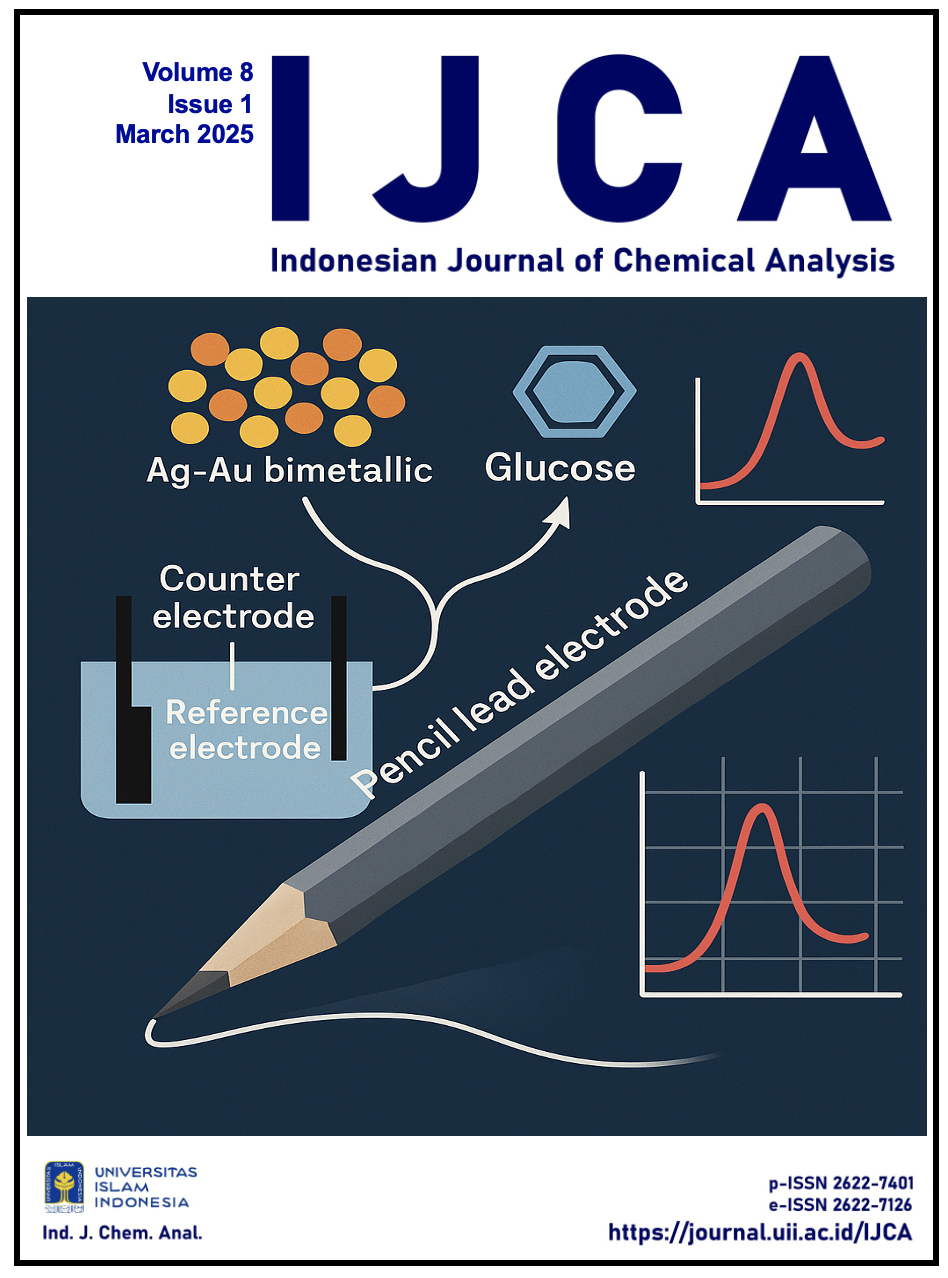Main Article Content
Abstract
Briquettes are an alternative to coal, wood, and fossil fuels. Briquettes can be made with simple, inexpensive materials. The adhesive is gondorukem (arpus), which is easy to find. Making briquettes involves preparing raw materials, mixing adhesives with organic waste, and testing the finished product. The adhesive variations used were 5, 10, 15, 20 and 25%. Briquettes made with 5% gondorukem (arpus) adhesive had the lowest ash content. Briquettes with 25% gondorukem (arpus) had the highest ash content at 8.31%. Adhesives affect ash content. Moisture content analysis obtained with a value of 9.49% to 10.30%, the value is stable. The volatile content is 3.41-4.66%, which meets the SNI 01-6235 2000 standard. Calorimetry, all samples except 5% adhesive meet SNI 01-6235 2000 with minimum 5000 Cal/g (20934 J/g). Briquettes had density values of 0.0034176-0.004359 g/cm³, affecting energy content and combustion. Bound carbon analysis showed that all samples met the standard value of SNI 4931-2010. The burning rate of organic waste-based briquettes with different adhesives is 27 to 39 minutes, with a weight of 3.108 to 4.753 g/min. Briquettes take 66-111 seconds to ignite. SEM analysis shows rod-shaped substances, indicating organic waste and adhesives. The fibers visible are from the organic waste.
Article Details
Copyright (c) 2025 Rozanna Dewi, Ridwandi, Zulnazri Zulnazri, Novi Sylvia, Medyan Riza

This work is licensed under a Creative Commons Attribution-ShareAlike 4.0 International License.
You are free to:
Share — copy and redistribute the material in any medium or format
Adapt — remix, transform, and build upon the material for any purpose, even commercially
Under the following terms:
Attribution — You must give appropriate credit, provide a link to the license, and indicate if changes were made. You may do so in any reasonable manner, but not in any way that suggests the licensor endorses you or your use.
ShareAlike — If you remix, transform, or build upon the material, you must distribute your contributions under the same license as the original
No additional restrictions — You may not apply legal terms or technological measures that legally restrict others from doing anything the license permits




